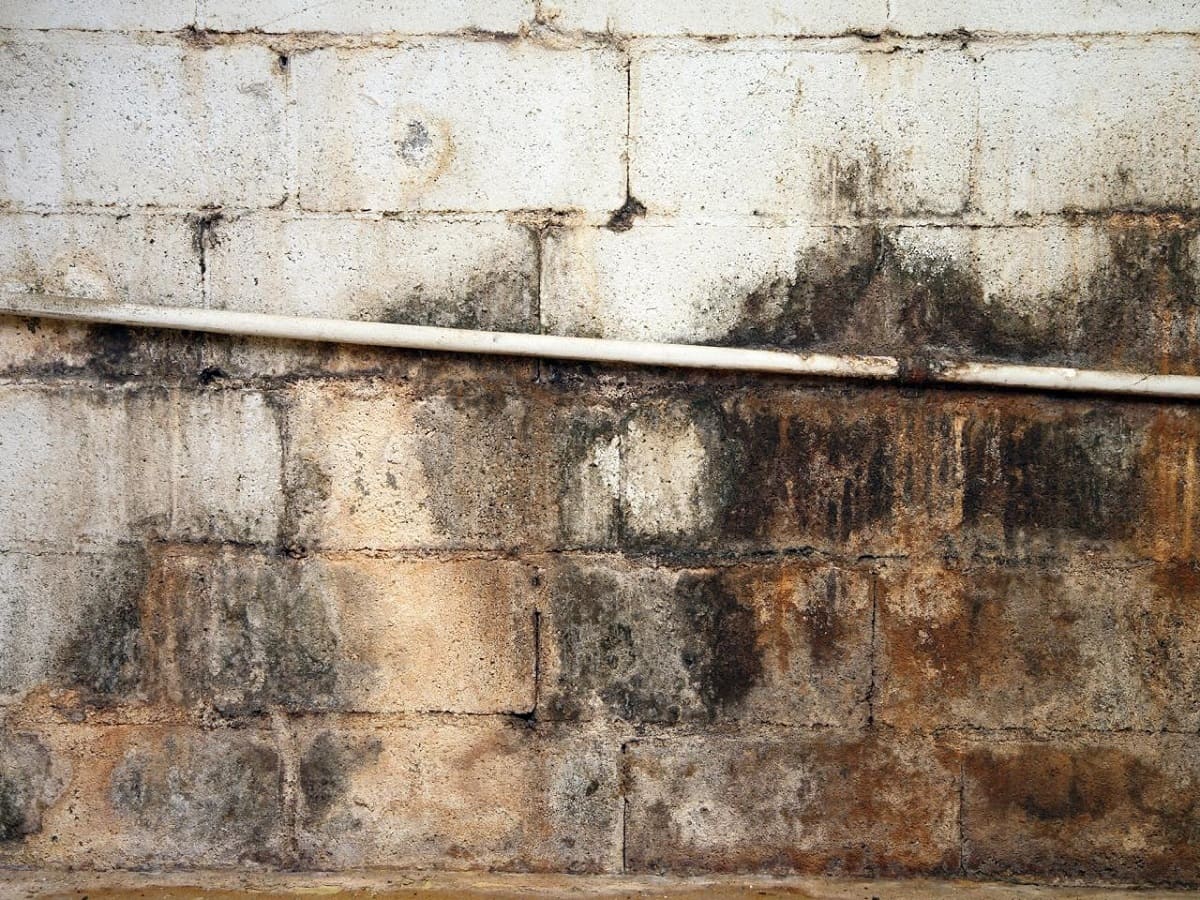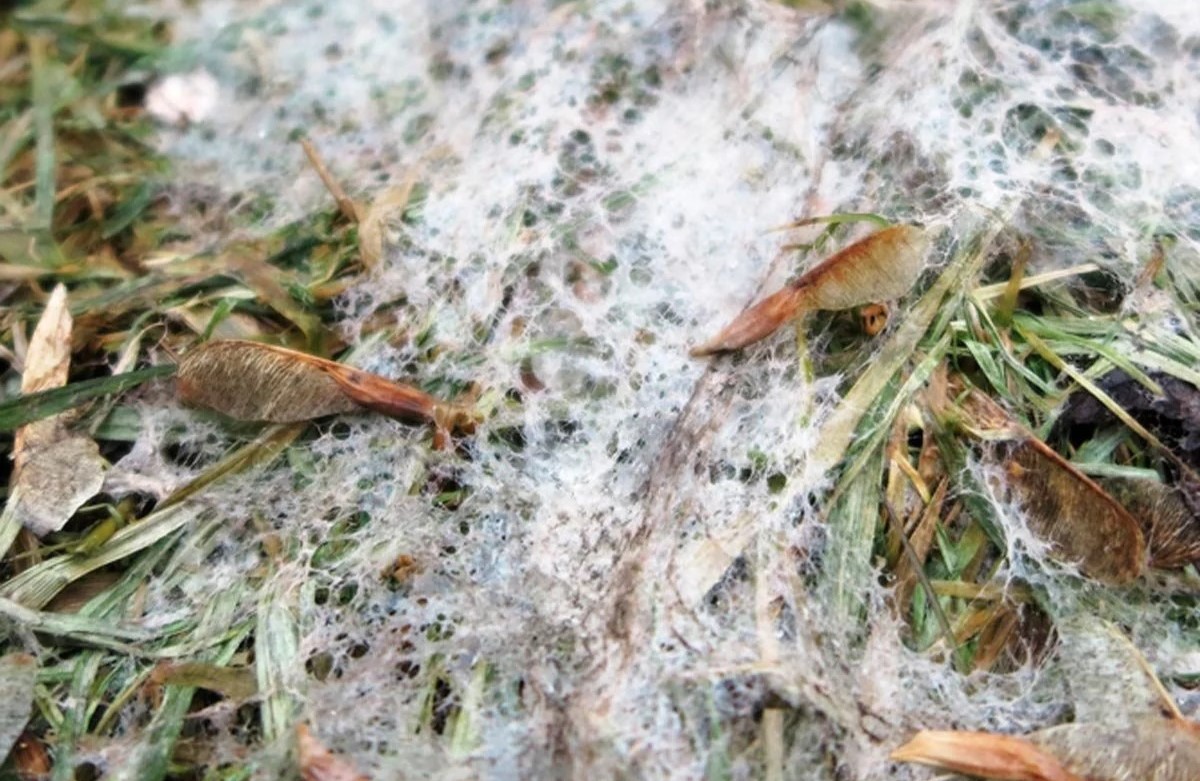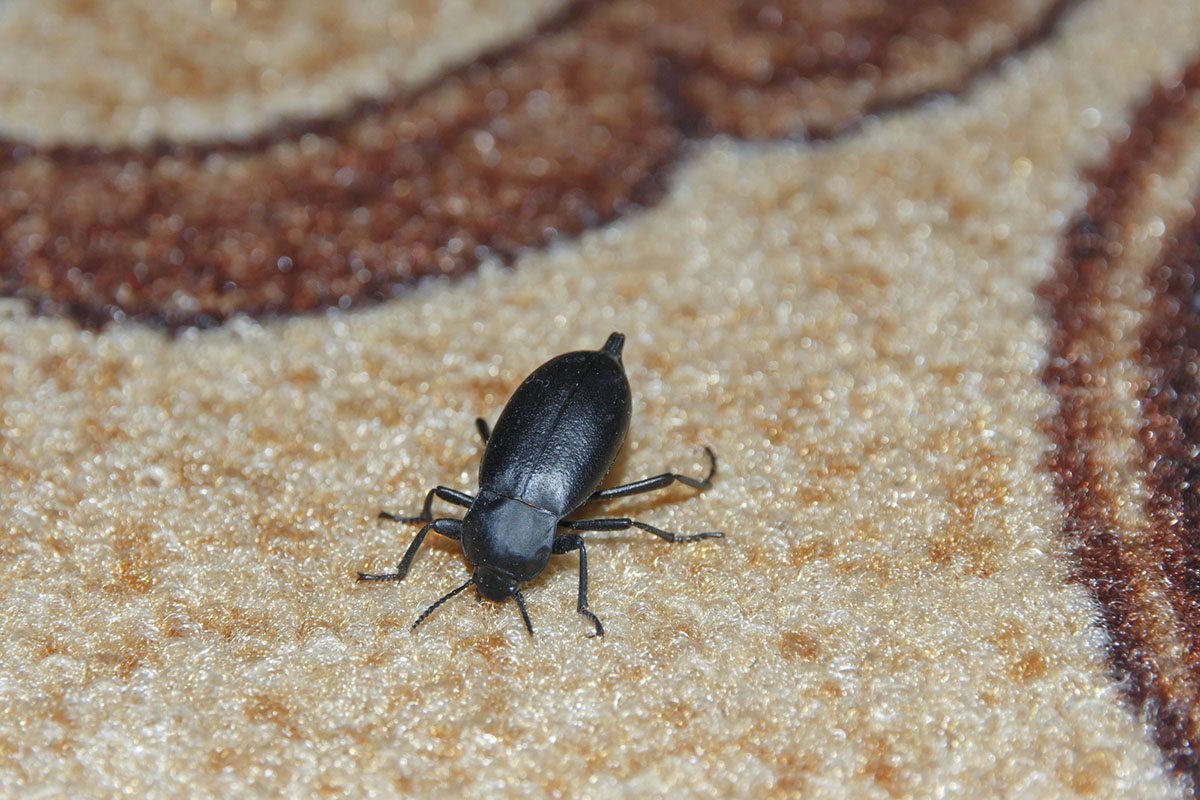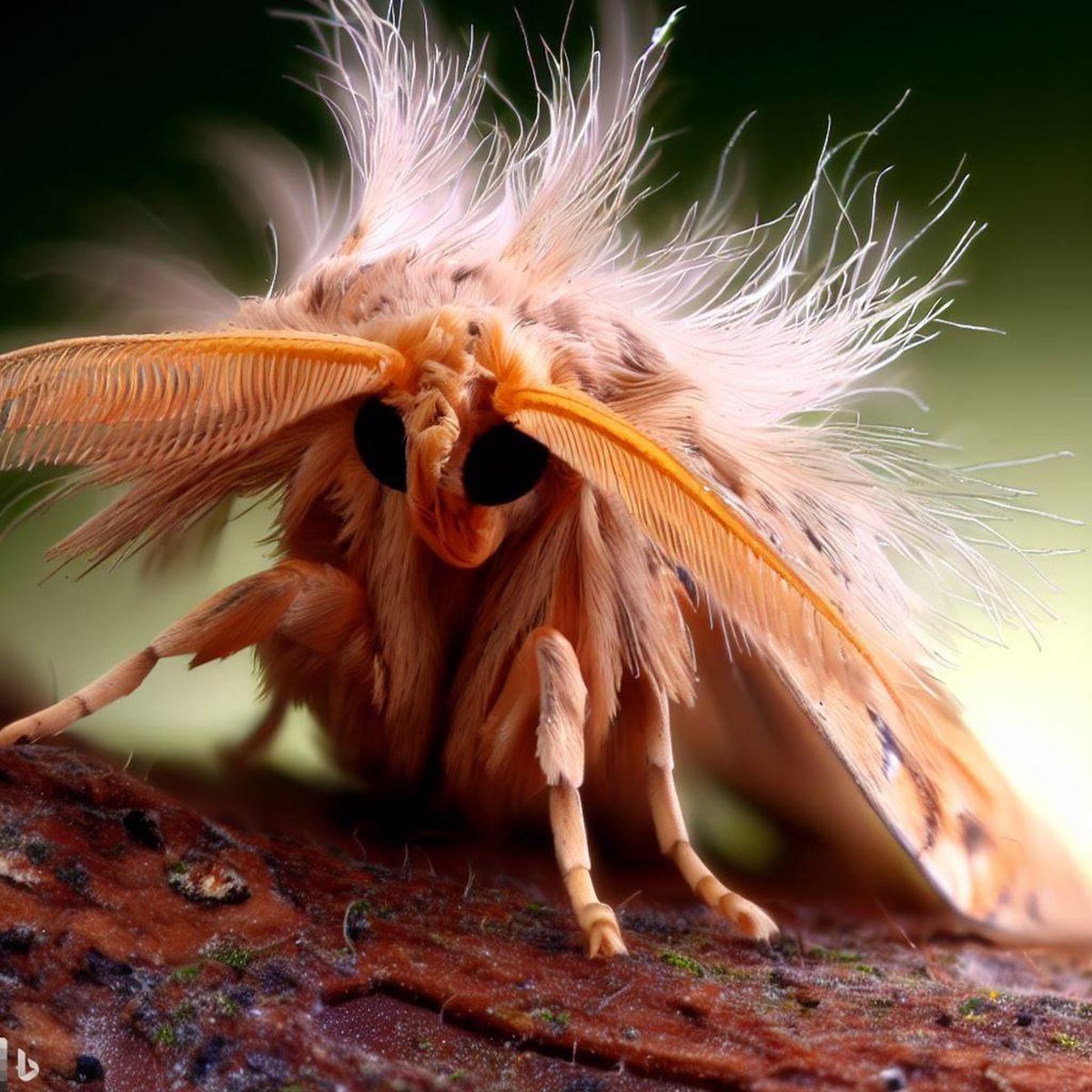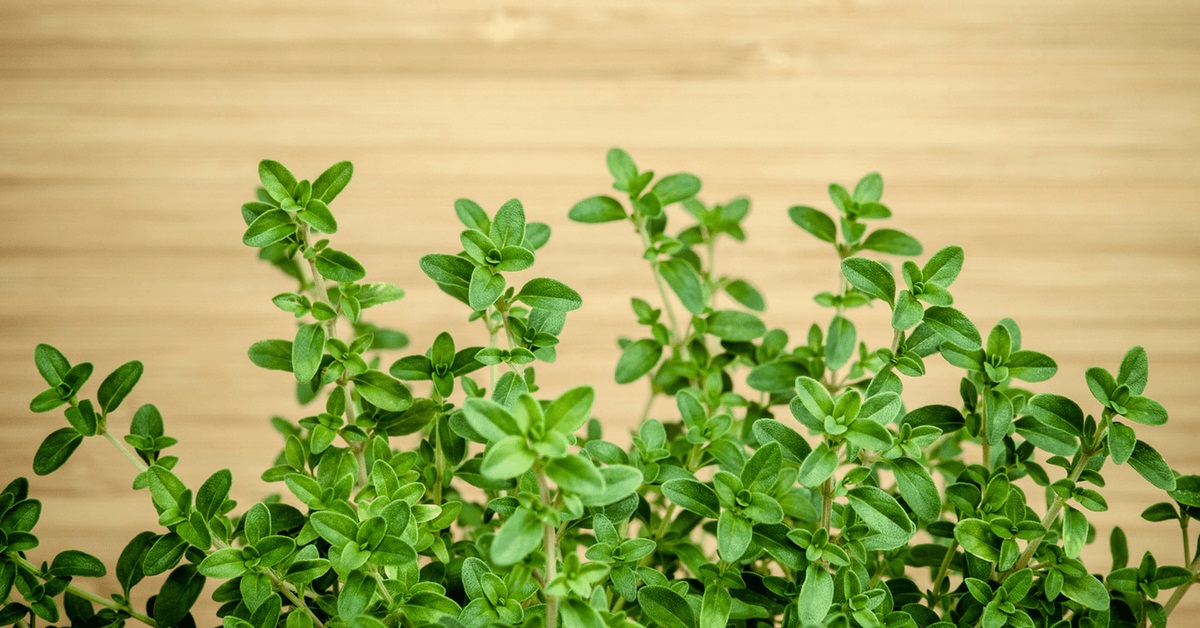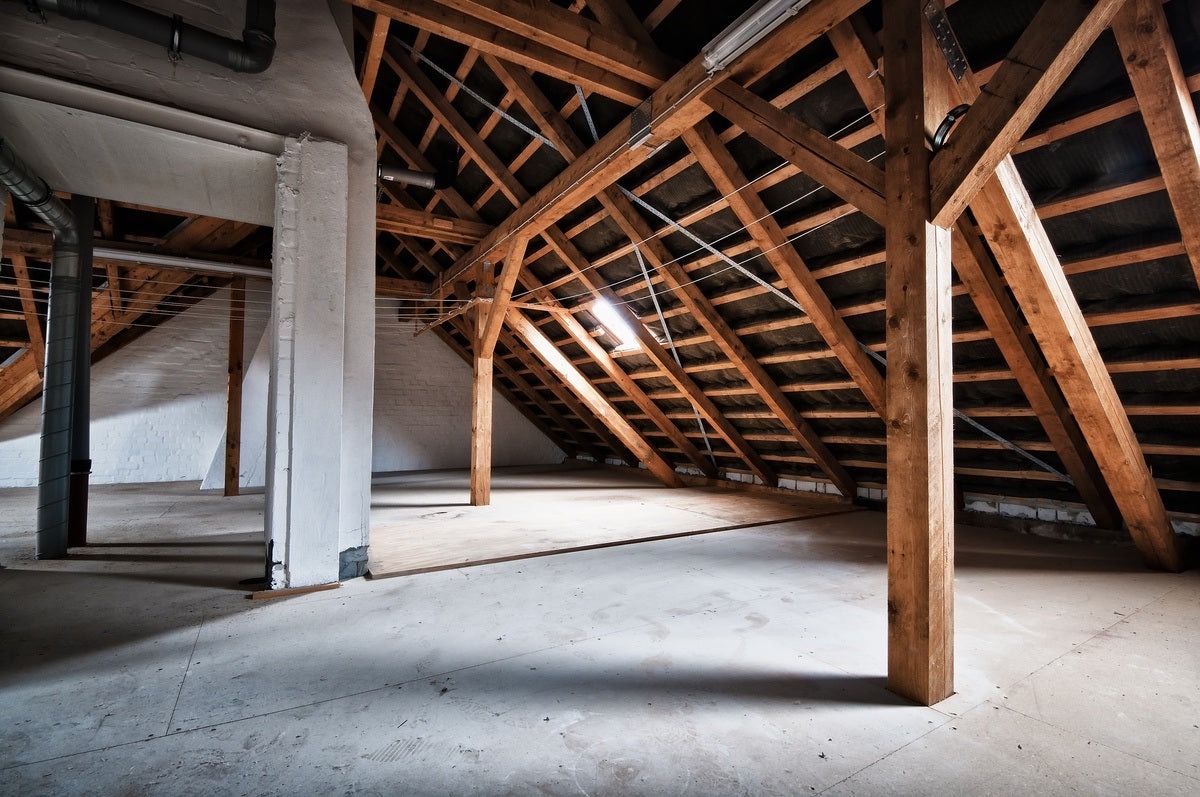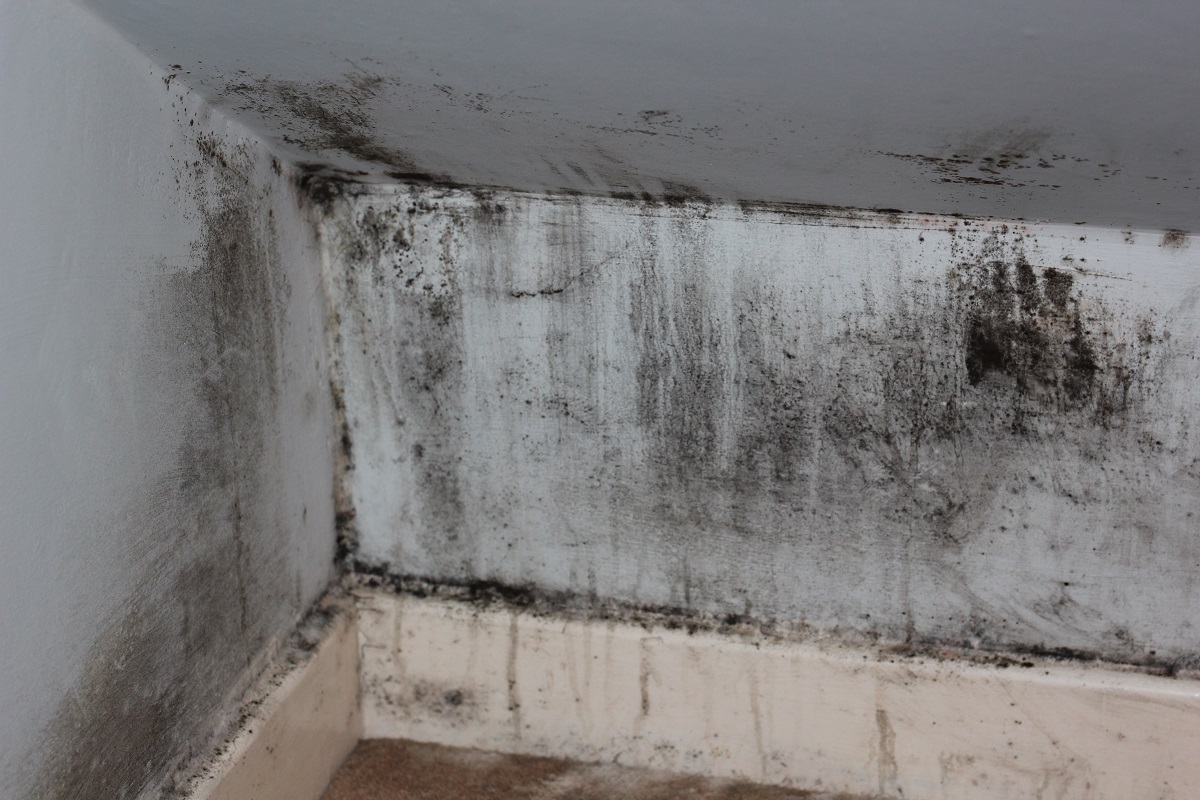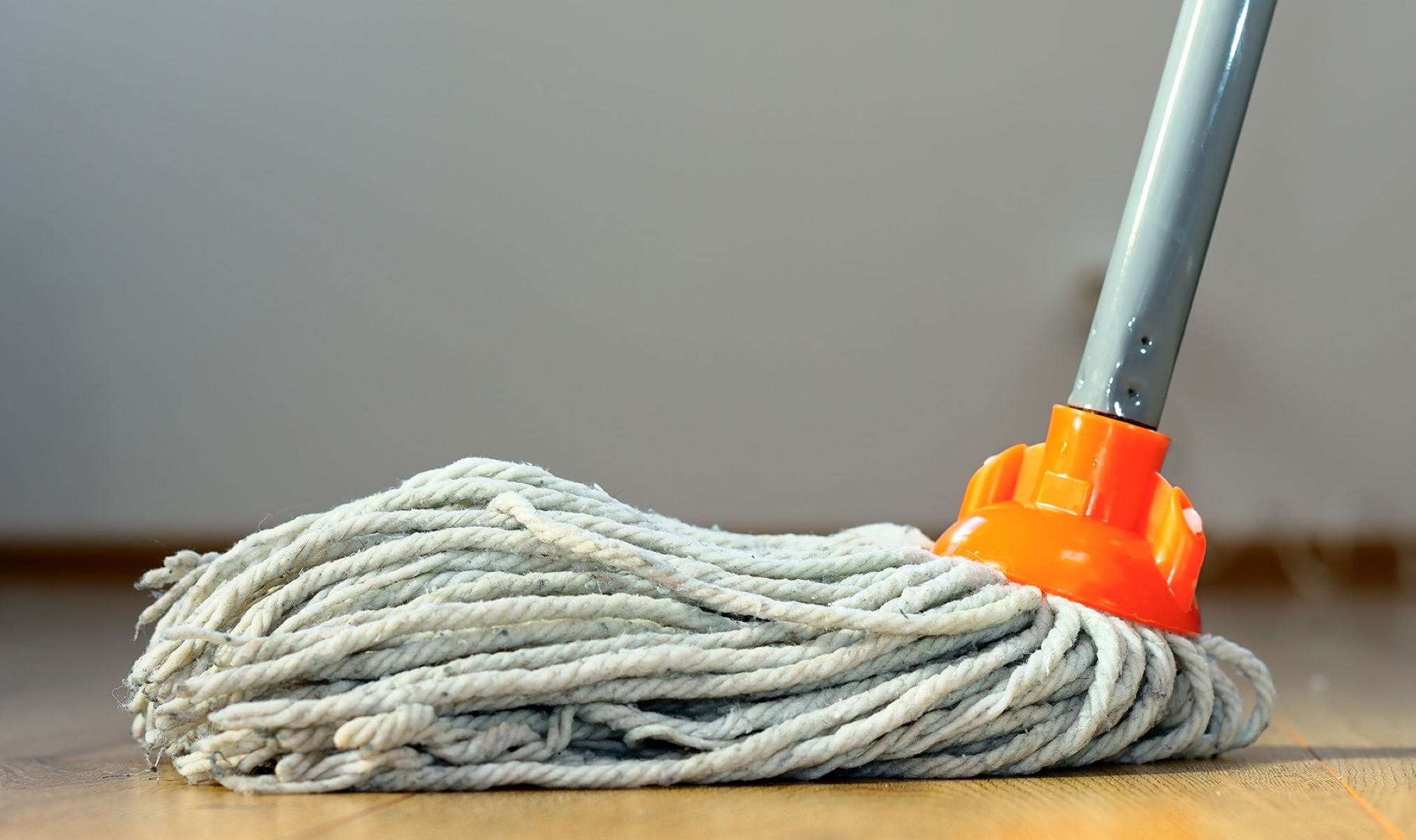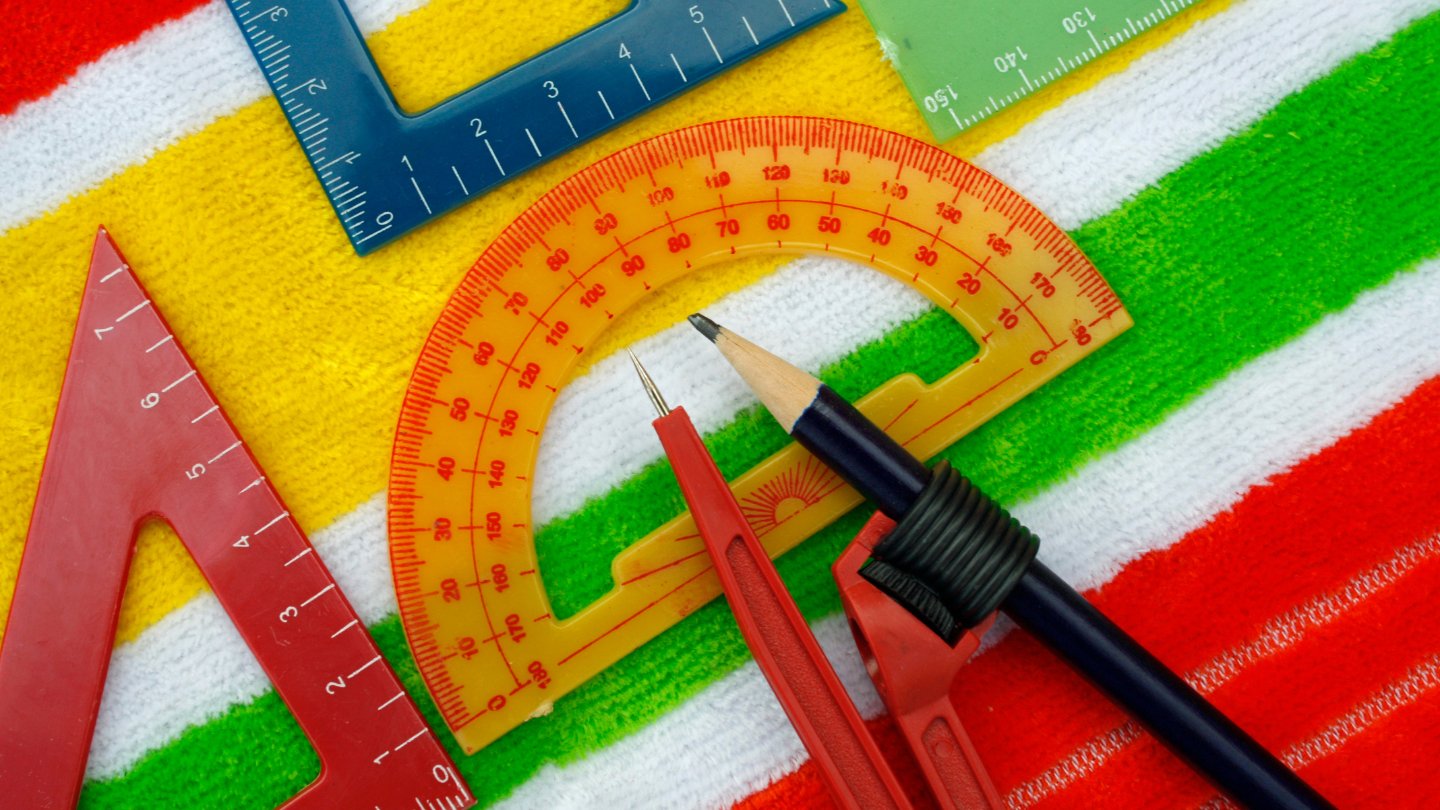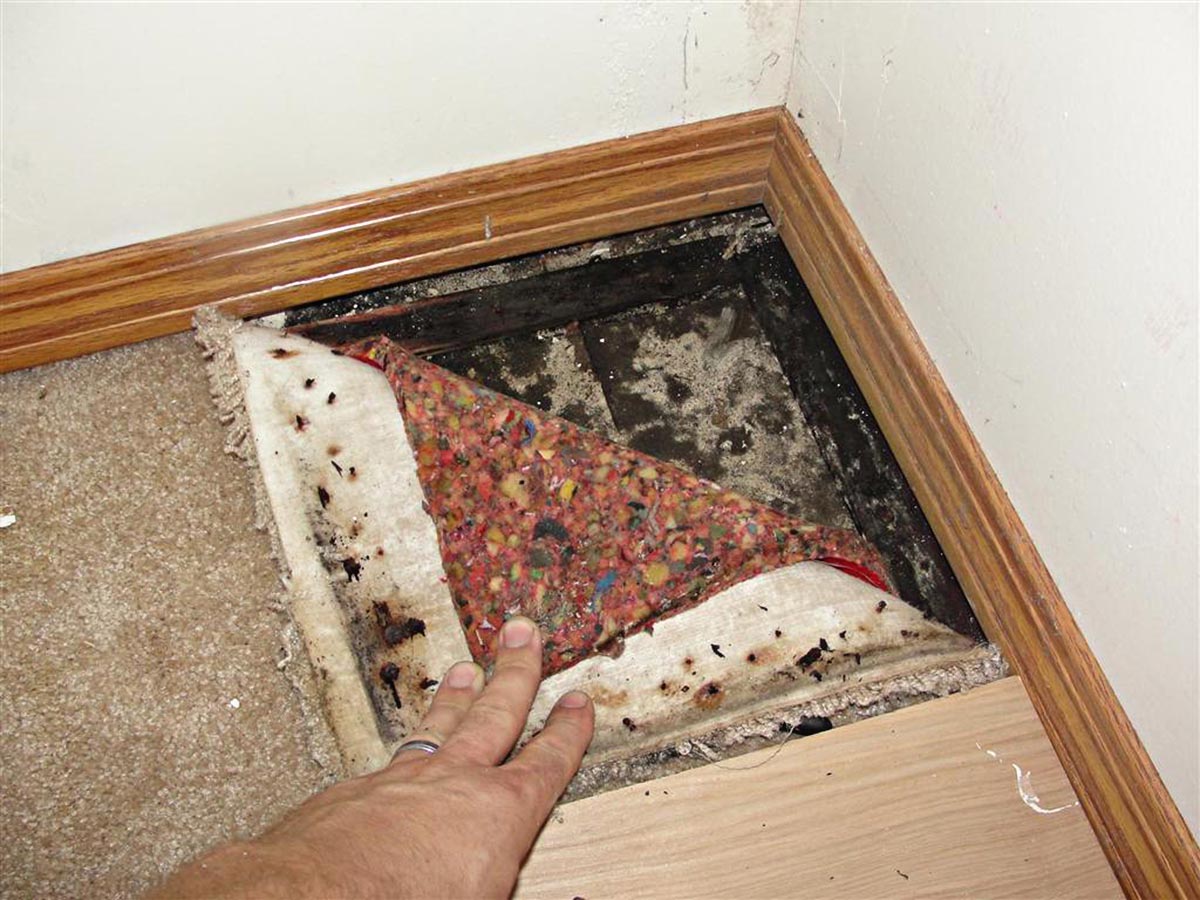

Articles
What Does Mold In A Carpet Look Like
Modified: May 6, 2024
Learn more about what mold in a carpet looks like in our informative articles. Discover the signs, symptoms, and tips for prevention to keep your home clean and healthy.
(Many of the links in this article redirect to a specific reviewed product. Your purchase of these products through affiliate links helps to generate commission for Storables.com, at no extra cost. Learn more)
Introduction
Mold growth is a common problem in many households, and carpets are no exception. The presence of mold in carpets not only affects the appearance of your home but can also pose serious health risks to you and your family members. Identifying and addressing mold in carpets is crucial to maintain a clean and healthy living environment.
In this article, we will delve into the topic of mold in carpets, exploring its visual appearance, common types, health risks, and prevention strategies. By understanding what mold in a carpet looks like and how to deal with it, you can take proactive measures to safeguard your home and the well-being of your loved ones.
Key Takeaways:
- Identifying mold in carpets is crucial for maintaining a healthy home. Look out for musty odors, visible discoloration, and water stains as signs of potential mold growth. Prompt action can prevent health risks and further damage.
- Professional carpet cleaning and mold removal services are essential for effective treatment. Certified specialists can assess, contain, remove, and prevent mold, ensuring a clean and healthy living environment for your family.
Read more: What Does Mold Look Like On Ceiling
Understanding Mold Growth in Carpets
Mold requires certain conditions to thrive, including moisture, warmth, and a food source. Carpets, with their porous nature, can trap and hold moisture, providing an ideal environment for mold growth. Whether it’s due to a leaky pipe, high humidity, or water damage from a flood, carpets can become a breeding ground for mold if not properly dried and maintained.
When moisture gets trapped in the carpet fibers, it creates a damp environment where mold spores can settle and begin to grow. If left unchecked, mold can spread rapidly and affect not only the carpet but also the underlying padding and subfloor.
It’s important to be aware of the factors that contribute to mold growth in carpets, such as:
- Persistent high humidity levels
- Water leaks or spills that are not promptly dried
- Poor ventilation in the area where the carpet is installed
- Excessive condensation on windows or walls near the carpet
- Water damage from flooding or plumbing issues
By understanding these factors, you can take preventive measures to minimize the risk of mold growth in your carpets. Regular inspection, proper maintenance, and prompt action in case of any water-related incidents are essential to prevent mold from taking hold in your carpeted areas.
Signs of Mold in Carpets
Spotting signs of mold in carpets is crucial for early detection and prevention. Mold growth may not always be visible, especially when it’s lurking beneath the surface of the carpet. However, there are several signs that can indicate the presence of mold in your carpets:
- Musty Odor: One of the most common signs of mold in carpets is a strong, musty smell. If you notice a persistent unpleasant odor in a carpeted area, it could be an indication of mold growth.
- Visible Discoloration: Mold can cause visible discoloration on the carpet surface. Look out for patches or spots that are green, black, or brown in color. These discolorations may appear fuzzy or have a slimy texture.
- Water Stains: Stains caused by water damage can be a breeding ground for mold. If you notice any water stains on your carpets, it’s important to investigate further for possible mold growth.
- Peeling or Lifted Carpet: Mold growth can weaken the carpet backing, causing it to peel away or lift from the floor beneath. Keep an eye out for any areas of loose or lifted carpet, as it may indicate the presence of mold.
- Allergic Reactions: Mold in carpets can trigger allergic reactions in individuals with sensitivities. If you or your family members experience symptoms such as sneezing, coughing, watery eyes, or respiratory issues when in contact with the carpet, mold could be the culprit.
- Increased Asthma or Allergy Symptoms: If you or your family members have existing asthma or allergies, mold in carpets can exacerbate symptoms. If there is a noticeable increase in asthma attacks, allergic reactions, or respiratory issues when in a carpeted area, it’s important to address the possibility of mold contamination.
If you notice any of these signs, it’s crucial to take immediate action to prevent further mold growth and protect your indoor air quality. Professional mold testing and remediation may be necessary to effectively address the problem.
Visual Appearance of Mold in Carpets
Mold growth in carpets can have various visual appearances depending on the type of mold and the extent of the infestation. Here are some common visual indicators of mold in carpets:
- Fuzzy or Powdery Texture: In its early stages, mold in carpets may appear as small patches with a fuzzy or powdery texture. These patches can be different colors, including black, green, brown, or gray.
- Discolored Spots: As mold colonies grow, they can form larger discolored spots on the carpet’s surface. These spots may have irregular shapes and can spread if left untreated. They often appear darker or darker than the surrounding carpet fibers.
- Smudges or Stains: Depending on the type of mold and the moisture levels, mold growth can also result in smudges or stains on the carpet. These stains can be anything from mild discoloration to more pronounced and noticeable marks.
- Odor: Although not a visual appearance, the presence of mold in carpets is often accompanied by a musty or earthy odor. If you notice an unpleasant smell coming from your carpet, it could be a sign of mold growth.
It’s important to note that mold growth can spread rapidly, especially in humid or damp environments. Therefore, what may start as a small, fuzzy patch can quickly become a widespread infestation if left untreated.
If you suspect mold in your carpets based on visual appearances, it’s essential to take action promptly to prevent further damage and potential health risks. Professional mold testing and remediation services can help assess the extent of the mold growth and implement effective solutions.
Remember, mold can be hidden beneath the surface of the carpet, so it’s crucial to address any signs of mold and moisture issues in your home to maintain a safe and healthy living environment.
Common Types of Mold Found in Carpets
Several types of mold can thrive in carpets, each with its distinct characteristics and potential health risks. Here are some of the most common types of mold found in carpets:
- Aspergillus: Aspergillus is a common type of mold found in carpets. It appears as a powdery texture with various colors, including green, yellow, or brown. Aspergillus can produce allergenic spores and toxins, posing health risks for individuals with respiratory sensitivities.
- Alternaria: Alternaria is another type of mold commonly found in carpets, especially in areas with high humidity or water damage. It appears as a fuzzy, dark green or black texture. Alternaria can trigger allergies and worsen asthma symptoms in susceptible individuals.
- Stachybotrys: Stachybotrys, also known as black mold, is notorious for its dark green or black appearance. It thrives in damp environments and can release mycotoxins that can lead to severe health issues, including respiratory problems and neurological symptoms.
- Cladosporium: Cladosporium is a type of mold commonly found in both indoor and outdoor environments. It appears as olive-green or brown clusters and can trigger allergic reactions and respiratory problems.
- Penicillium: Penicillium is a mold that commonly grows on water-damaged carpets. It appears as green or blue-green fuzzy patches and can produce mycotoxins that may cause allergic reactions and respiratory issues.
- Chaetomium: Chaetomium is a mold commonly found in water-damaged carpets and is recognized by its cotton-like texture and musty odor. It can trigger allergic reactions and pose health risks to individuals with weak immune systems.
It’s important to note that identifying the exact type of mold in your carpet may require professional testing and analysis. If you suspect mold growth in your carpets, seeking the assistance of a certified mold inspector or remediation specialist can help determine the specific type of mold present and recommend appropriate actions to mitigate the issue.
Regardless of the type of mold, it’s essential to address mold growth in carpets promptly to minimize health risks and prevent further damage to your home and belongings.
Read more: What Does Mold On Insulation Look Like
Health Risks Associated with Mold in Carpets
Mold growth in carpets can pose significant health risks, especially for individuals with respiratory sensitivities, allergies, or weak immune systems. Here are some of the health risks associated with mold in carpets:
- Allergies and Respiratory Issues: Mold spores released by the carpet can trigger allergic reactions in susceptible individuals. Symptoms may include sneezing, coughing, nasal congestion, itchy or watery eyes, and skin irritation. Prolonged exposure to mold allergens can exacerbate respiratory conditions such as asthma.
- Asthma Attacks: People with asthma are particularly vulnerable to mold exposure. Inhalation of mold spores can irritate the airways and trigger asthma attacks, characterized by coughing, wheezing, shortness of breath, and chest tightness. Proper ventilation and mold-free environments are essential for managing asthma symptoms.
- Mycotoxin Exposure: Certain types of mold, such as Stachybotrys, can produce mycotoxins. Mycotoxins are toxic substances that can be released into the air or absorbed through direct contact. Prolonged exposure to mycotoxins can lead to respiratory problems, flu-like symptoms, headaches, fatigue, and even neurological issues.
- Infections and Fungal Diseases: In rare cases, mold exposure can lead to infections or fungal diseases, especially in individuals with weakened immune systems. Certain molds, such as Aspergillus, can cause invasive pulmonary aspergillosis, a severe lung infection that can be life-threatening.
- General Health Issues: Prolonged exposure to mold in carpets can lead to general health issues such as fatigue, difficulty concentrating, dizziness, and skin irritation. These symptoms can significantly impact an individual’s quality of life and overall well-being.
It’s important to address mold growth in carpets promptly to minimize health risks. Proper ventilation, regular carpet cleaning, maintaining optimal indoor humidity levels, and prompt drying of any water damage are key preventive measures to reduce the chances of mold growth in carpets.
If you suspect mold in your carpets and experience persistent health issues, it’s advisable to consult with a medical professional and consider seeking professional mold testing and remediation services to ensure a healthy living environment.
Prevention and Remediation of Mold in Carpets
Preventing mold growth in carpets is essential to maintain a clean and healthy indoor environment. Here are some preventive measures and remediation steps you can take to address mold in carpets:
Prevention:
- Control Moisture Levels: Keep indoor humidity levels between 30% and 50% to discourage mold growth. Use dehumidifiers in areas prone to high humidity, such as basements and bathrooms.
- Address Water Damage Quickly: In case of water spills or leaks, dry the affected area promptly within 24-48 hours. Use fans, dehumidifiers, and proper ventilation to facilitate drying and prevent moisture accumulation.
- Use Proper Ventilation: Improve airflow and ventilation in carpeted areas by using fans, opening windows, and keeping doors open. This helps reduce moisture and create a less favorable environment for mold growth.
- Regular Carpet Cleaning: Vacuum carpets at least once a week to remove dirt, dust, and allergens. Consider using a vacuum cleaner with a HEPA filter to effectively capture small particles. Regular cleaning helps prevent the accumulation of mold spores and other contaminants.
- Address Plumbing Leaks: Promptly repair any plumbing leaks or issues to prevent water damage and mold growth in carpets and other affected areas.
- Use Mold-Resistant Carpet Padding: When installing or replacing carpet, opt for mold-resistant padding. This can help inhibit the growth of mold even if the carpet is exposed to moisture.
Remediation:
- Assessment: If you suspect mold growth in your carpets, seek professional help from certified mold remediation specialists. They can assess the extent of the mold infestation and identify the type of mold present.
- Containment: To prevent the spread of mold spores, professionals will isolate the affected area using barriers and negative air pressure systems. This ensures that mold does not contaminate other parts of your home during the remediation process.
- Removal and Cleaning: Depending on the severity of the mold infestation, professionals will remove and dispose of heavily contaminated materials, such as severely damaged carpets or padding. The remaining carpets and surfaces will be thoroughly cleaned and treated with appropriate mold-fighting solutions.
- Drying and Restoration: After the mold is removed, professionals will dry the area completely to prevent any residual moisture that could lead to future mold growth. They may also assist with carpet restoration or replacement if necessary.
- Preventive Measures: Professionals can offer guidance on preventive measures to reduce the risk of mold recurrence, such as proper ventilation, dehumidification, and regular carpet maintenance practices.
Remember, DIY mold remediation may not be effective or safe, especially for extensive or severe mold infestations. It’s crucial to seek professional help to ensure proper remediation and the restoration of a mold-free environment.
Mold in a carpet can appear as discolored or fuzzy patches, often green, black, or white in color. It may also have a musty odor. Regularly inspect and clean your carpets to prevent mold growth.
Read more: What Does Mold Look Like On Stucco
Professional Carpet Cleaning and Mold Removal
When it comes to addressing mold in carpets, professional carpet cleaning and mold removal services can be highly beneficial. Here’s why:
Professional Carpet Cleaning:
Regular professional carpet cleaning can help prevent mold growth and maintain clean and healthy carpets. Professional cleaners use specialized equipment, techniques, and cleaning solutions to remove dirt, dust, allergens, and potential mold spores from the carpet fibers. The deep cleaning process can eliminate trapped moisture and prevent the conditions that promote mold growth.
Professional carpet cleaning also helps remove any stains or discoloration caused by mold, improving the overall appearance of your carpet. It is particularly effective when combined with preventive measures such as proper ventilation, regular vacuuming, and prompt drying of spills or leaks.
Mold Removal:
In cases where mold growth has already occurred, professional mold removal services are essential to effectively eliminate the mold and prevent its recurrence. Here’s how professionals approach mold removal:
- Assessment: Certified mold remediation specialists inspect the affected area to determine the extent of mold infestation and identify the type of mold present. This helps them develop an appropriate removal plan.
- Containment: Professionals establish containment measures using barriers and negative air pressure systems. This prevents mold spores from spreading to other areas of your home during the removal process.
- Removal and Cleaning: Contaminated materials, such as severely damaged carpets or padding, are safely removed and disposed of. The remaining carpets and surfaces are thoroughly cleaned using specialized equipment and mold-fighting solutions to eliminate any traces of mold.
- Drying and Restoration: After mold removal, professionals ensure thorough drying of the affected area. This helps prevent moisture buildup and re-infestation. They may also assist with carpet restoration or replacement if necessary.
- Preventive Measures: Professional mold remediation services often provide guidance on preventive measures to reduce the risk of mold recurrence, such as maintaining optimal humidity levels, improving ventilation, and regular carpet maintenance practices.
Professional carpet cleaning and mold removal services save you time and effort while ensuring thorough and effective treatment of mold in carpets. By relying on the expertise of professionals, you can mitigate health risks, prevent further damage, and restore a clean and healthy environment for you and your family.
Remember, it’s essential to choose reputable and certified professionals with experience in carpet cleaning and mold remediation to ensure proper treatment and long-term results.
Conclusion
Mold growth in carpets is a common problem that can have significant implications for both the appearance of your home and the health of its occupants. Understanding the signs of mold in carpets, its visual appearance, common types, and associated health risks is crucial for proactive prevention and timely remediation.
By being vigilant and addressing any signs of mold promptly, you can protect your home and loved ones from the negative effects of mold exposure. Implementing preventive measures such as controlling humidity levels, addressing water damage promptly, using proper ventilation, and regular carpet cleaning can help minimize the risk of mold growth in carpets.
In cases of suspected or confirmed mold growth, seeking professional assistance is crucial. Certified mold remediation specialists can accurately assess the situation, provide effective mold removal, and offer guidance on preventive measures to prevent future occurrences.
Remember, mold removal and carpet cleaning should be handled by professionals to ensure thorough treatment, proper disposal of contaminated materials, and the restoration of a safe and clean living environment.
Taking the necessary steps to address mold in carpets not only enhances the appearance and longevity of your carpets but also safeguards the health and well-being of your family. By staying proactive in preventing and addressing mold growth, you can maintain a clean, healthy, and mold-free home for years to come.
Curious about tackling more household challenges? If you're dealing with unsightly spots on wooden surfaces, our article on effective mold removal strategies will prove invaluable. For those eager to keep flooring pristine, don't miss our roundup of carpet cleaning essentials for the upcoming year. And for overall upkeep, our comprehensive guide on home maintenance tasks ensures your space stays in top condition year-round.
Frequently Asked Questions about What Does Mold In A Carpet Look Like
Was this page helpful?
At Storables.com, we guarantee accurate and reliable information. Our content, validated by Expert Board Contributors, is crafted following stringent Editorial Policies. We're committed to providing you with well-researched, expert-backed insights for all your informational needs.
